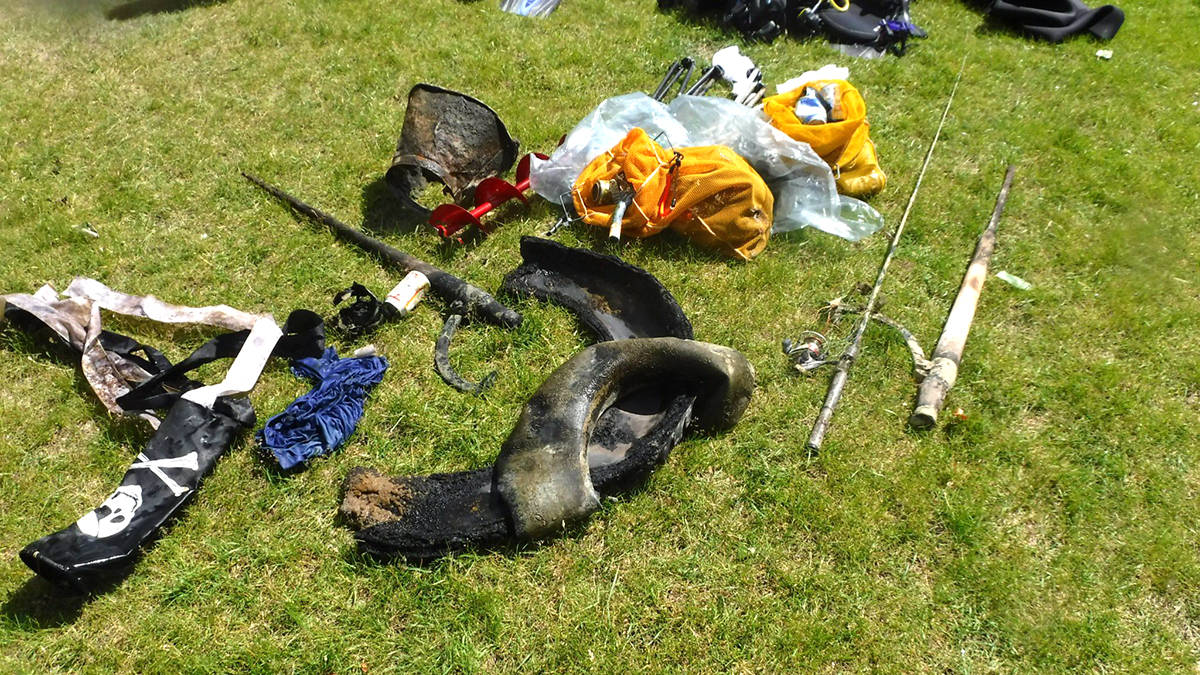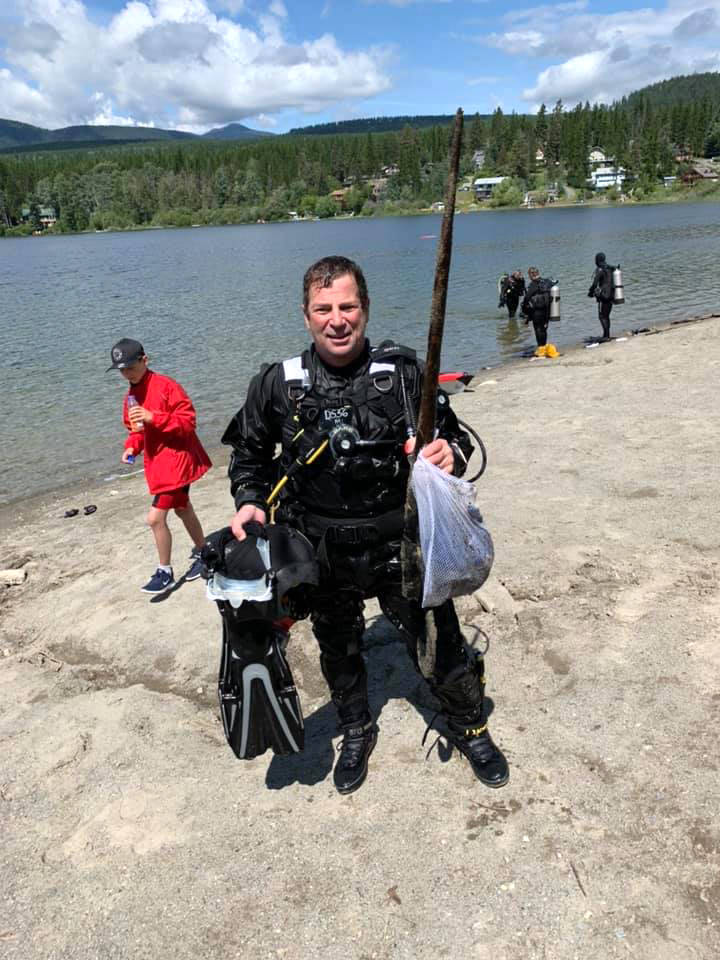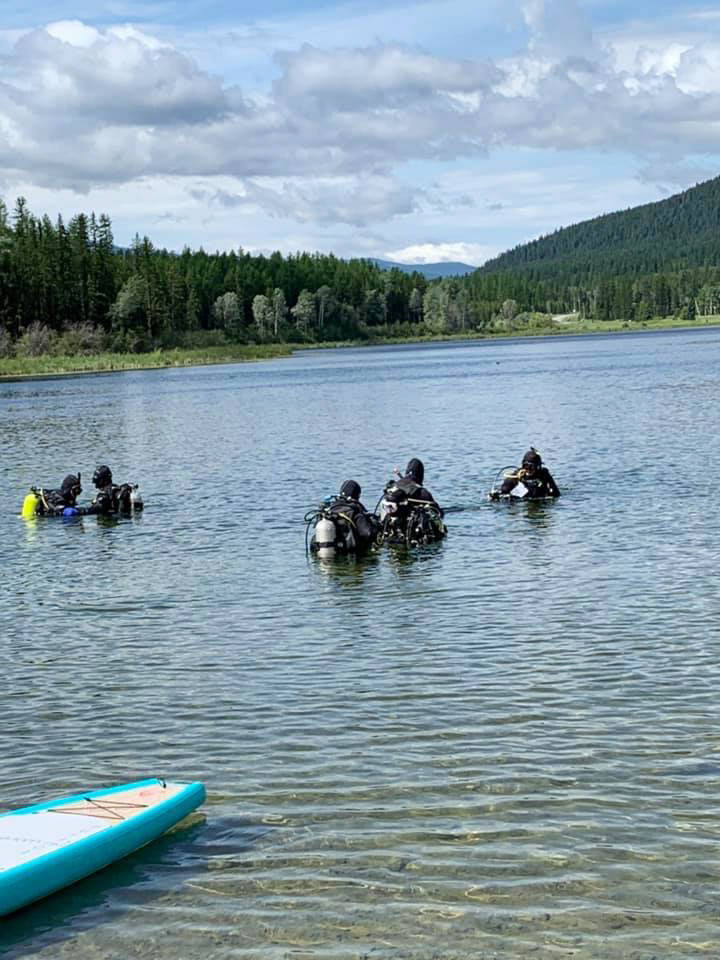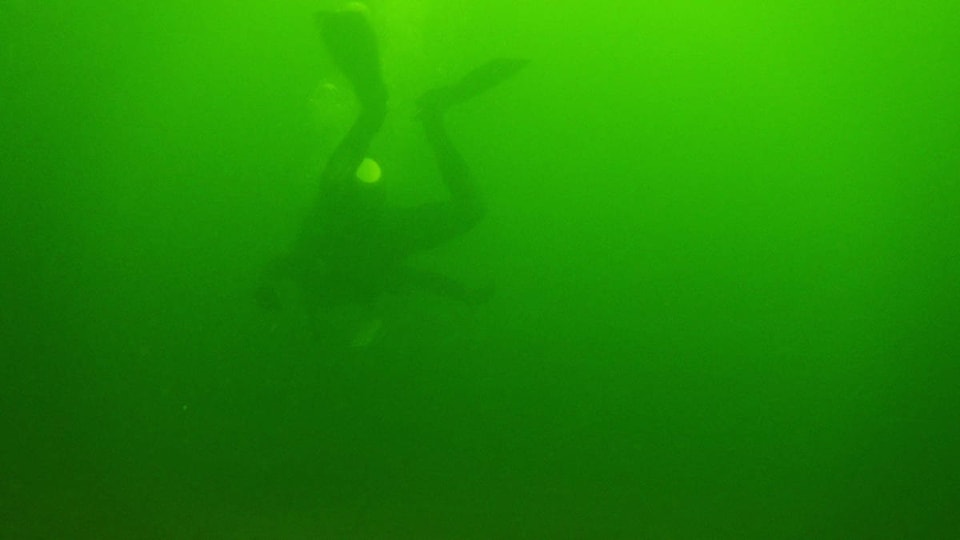Two local scuba diving enthusiasts, Douglas Lowes and Steve Moye, have taken it upon themselves to create a club to bring together other divers in the area, dubbing it the Cranbrook Scuba Diving Club.
“Our intent is we know that there’s lots of divers in this area,” said Moye, a dive master with around 12 years and 200 dives under his belt. “The problem is nobody knows anybody, and there’s great lakes around here, we’ve got some beautiful lakes.”
Though local waters present some challenges to divers unlike you’d encounter in exotic locations such as Cuba or Mexico — cold water and low visibility, for example —Lowe and Moye are certainly not the only enthusiasts in the region, and they hope to create a network to allow divers to connect with each other.
“You need to have a dive buddy,” explained Lowes, who has been diving for 17 years and has a total of 35. “This is a basic safety requirement, it’s an essential. I may want to go diving and I can’t because I don’t have a dive buddy.”
For their first event, the club teamed up with Just Liquid Sports and assisted CIBC Cranbrook with their annual shoreline cleanup. Columbia Basin Trust hopped on board as a sponsor, providing some prizes for attendees, and Rob Porter of Just Liquid was on hand giving free refills of oxygen for the divers’ tanks.
“The lake cleanups are important because as big of a problem it is that people are throwing garbage in the bush, it equally happens in the lakes,” Lowes said. “Where people think nothing of dropping stuff in lakes because it’s hidden, nobody sees it.”
As well as a propane tank and other scattered debris, the team pulled out dozens upon dozens of empty beer cans and bottles. In addition to the actual cleanup, there were some recreational events as well, for instance, they set up a course below the surface for the divers to navigate around finding buoys to win prizes.
Two instructors along with Moye were present, promoting dive education — which is going to be a big mandate of the club. People who haven’t dived in a while can come take a refresher, and people who are brand new to diving can come and take their open water certification.
Going forward, the potential for diving around this region is huge.
“There’s some pretty cool sites around here,” Moye said. “Kootenay Lake has wrecks, Moyie Lake just over here by Moyie Store, I’ve dove there and there’s the old mine and right by the Moyie Store there’s a mine shaft that’s broken off. There’s history in these lakes.”
Another fascinating location for diving is Premier Lake, where Lowes and Moye explain there is a 60-foot wall covered in “fresh-water coral” — a species that is not native to this planet. A scientist friend of Moye suspects it may have come here on a meteorite. Premier Lake is one of three sites in North America known to have this coral.
“NASA actually came out and took samples of this coral, because it’s microbic in nature and they figure that life on other planets could be like that, say Europa below the ice, because even with low oxygen, cold water, low light,” Lowes said.
They hope to do their next dive event in Premier some time in mid July.
Moving forward, the duo plans to create a registration form on the Cranbrook Scuba Divers Facebook page, that would allow new and potential members to answer a few questions indicating what level they’re at, what certifications they have and how many dives they’ve done and what they would like to see out of the club and where they’d like to dive.
For more information about the dive club you may contact Steve at s.moye@telus.net or Douglas at dlowes@shaw.ca
paul.rodgers@cranbrooktownsman.com
Like us on Facebook and follow us on Twitter



